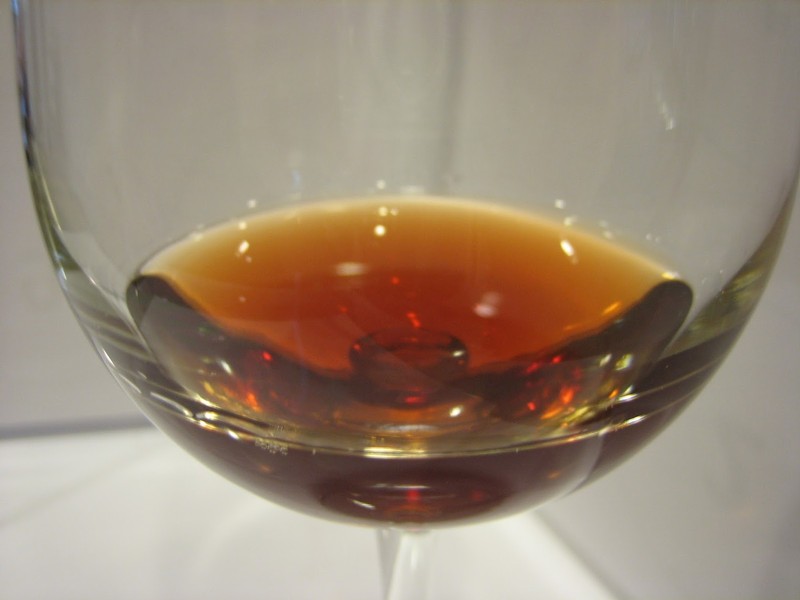How to Distinguish Aged Wine from New Wine
Wine evolves as it ages, and whether you're a casual drinker or a seasoned enthusiast, understanding the differences between aged and new wines can enhance your wine-tasting experience. Here are some key ways to tell the difference:
Color
One of the easiest ways to spot the age of a wine is by its color. Red wines darken to a brick-red or brown hue as they age, while white wines go from pale yellow or greenish tones to deeper golden shades. You’ll see more vibrant and bright colors in younger wines, while older wines tend to have a more muted and tawny appearance.
Tannins
In new red wines, tannins give astringency and structure. As wine ages, tannins bind together, forming sediment at the bottom of the bottle. This sediment means the wine will taste smoother and less astringent. A new wine will feel more tannic and dry, while an aged wine will offer a rounder, more mellow mouthfeel.
Aroma and Flavor
Young wines burst with primary flavors such as fruit, citrus, or floral notes. These youthful aromas give way to more complex, tertiary flavors like leather, spice, or earthy tones with age. In older wines, you'll notice layers of flavor such as mushroom, truffle, or honey that emerge through aging, giving the wine a richer, more developed character.
Acidity
Young wines have a more vibrant acidity, giving them a fresh and crisp quality. In aged wines, this acidity softens, allowing other flavors to take center stage. If you prefer a sharp and refreshing wine, newer bottles might be for you. For a more mellow and harmonious taste, opt for an aged wine.
Body and Alcohol
The body and alcohol content also provide clues. Old World wines from regions like France or Italy tend to have a lighter body and lower alcohol. New World wines—from areas like California or Australia—are typically fuller-bodied with higher alcohol content. The aging process further softens the body, making older wines smoother than the often bolder, more robust young wines.
Minerality vs. Fruitiness
Old World wines often display more minerality, while New World wines highlight fruit-forward characteristics. As wines age, these fresh fruit notes recede, and more nuanced, earthy flavors take over.
Serving Differences
Serving new and aged wines correctly enhances the experience. Young wines are best enjoyed immediately after opening to capture their freshness. Aged wines, however, benefit from a short time in the air to "open up" and reveal their full complexity. This process, called decanting, helps vintage wines develop a richer bouquet and deeper flavors.
Texture and Mouthfeel
Texture is another way to distinguish between aged and new wine. Older whites become more viscous and oily, while reds grow smoother and softer over time. In contrast, younger wines tend to feel fresher and more vibrant on the palate.
Conclusion
While both new and aged wines offer unique tasting experiences, understanding these differences will help you appreciate them even more. Whether you enjoy the bold fruitiness of a young wine or the nuanced complexity of an older vintage, there’s always something new to discover in the world of wine. Cheers to the journey! 🍷


